#Charadriiformes
Text
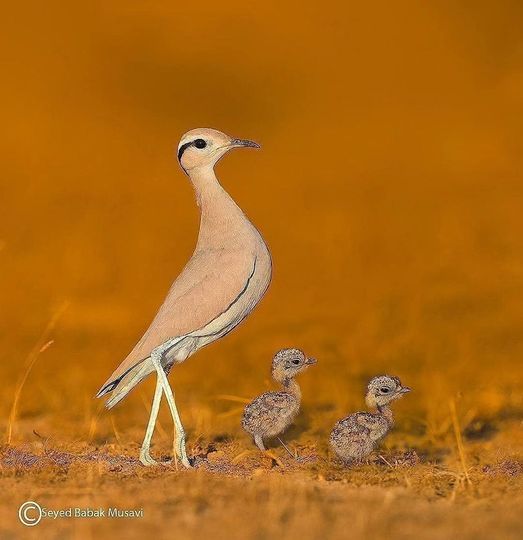
Cream-colored Courser (Cursorius cursor), parent with chicks, fdamily Glareolidae, order Charadriiformes, found in North Africa and the Middle East
photograph by Seyed Babak Musavi
#courser#shorebird#cursorius#glareolidae#charadriiformes#bird#ornithology#middle east#africa#animals#nature
6K notes
·
View notes
Text

[1697/10977] Bronze-winged courser - Rhinoptilus chalcopterus
Order: Charadriiformes
Suborder: Lari
Family: Glareolidae (pratincoles and coursers)
Subfamily: Cursoriinae (coursers)
Photo credit: Fernando Nunes via Macaulay Library
#birds#Bronze-winged courser#Charadriiformes#Lari#Glareolidae#Cursoriinae#Rhinoptilus#birds a to z#undescribed
2K notes
·
View notes
Text

The mancallines were a lineage of flightless semi-aquatic birds closely related to auks. Known from the Pacific coasts of what are now California and Mexico, between about 7.5 and 0.5 million years ago, they convergently evolved a close resemblance and similar lifestyle to both the recently-extinct North Atlantic great auk and the southern penguins.
Miomancalla howardi here lived in offshore waters around southern California during the late Miocene (~7-5 million years ago). The largest of the mancallines, it just slightly beat out the great auk in size – standing around 90cm tall (~3') and weighing an estimated 5kg (11lbs).
Like great auks and penguins it would have been a specialized wing-propelled diver, swimming using "underwater flight" to feed on small bait fish. It probably spent much of its life out at sea, probably only returning to land to molt and breed.
———
NixIllustration.com | Tumblr | Patreon
#science illustration#paleontology#paleoart#palaeoblr#miomancalla#mancallinae#pan-alcidae#auk#charadriiformes#bird#dinosaur#art#convergent evolution
589 notes
·
View notes
Text
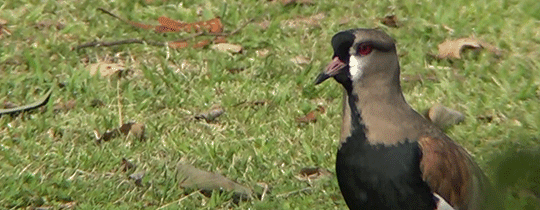



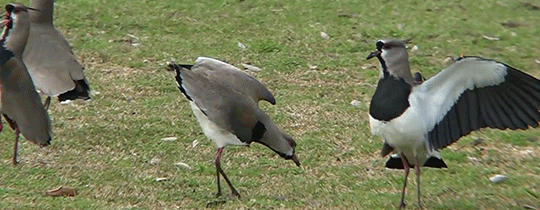
🪶🛫southern lapwing🛫🪶
bonus baby:

547 notes
·
View notes
Text

A crested auklet (Aethia cristatella) sits cliffside on St Paul Island, Alaska, USA
by Isaac Sanchez
#crested auklet#auks#seabirds#birds#aethia cristatella#aethia#alcidae#Charadriiformes#aves#chordata#wildlife: alaska#wildlife: usa#wildlife: north america
384 notes
·
View notes
Text
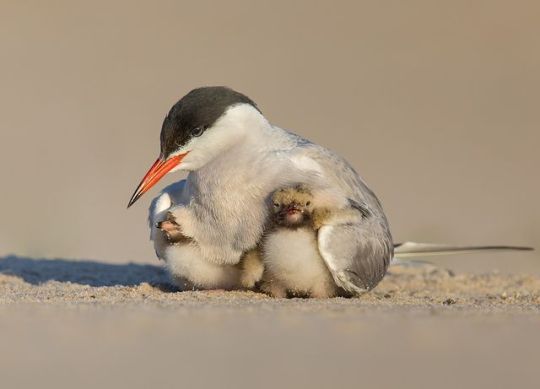
Common Tern
484 notes
·
View notes
Text

day 5
today's bird is the american woodcock! meep!
the american woodcock is one of my favorite birds, if not my all time favorite! here's some fun facts about this silly bird:
- they can fly down to 5pm
- they have nearly 360 degrees of vision
- in some places, they are called the timberdoodle
#artists on tumblr#bird art#birds#ornithology#american woodcock#woodcock#ground birds#shorebirds#yes i know they go peent not meep but idk it sounds more like a meep to me#charadriiformes
266 notes
·
View notes
Text

Day 2 of january extinct birds - great auk
Auks used to be called penguins, and actual penguins are named after them! It's quite amazing that two completely different groups evolved to look and behave basically the same on two sides of the Earth. Penguins don't have that epic beak though.
186 notes
·
View notes
Photo

Arctic Tern (Sterna paradisaea)
© Bryan Calk
2K notes
·
View notes
Text
Uncharismatic Fact of the Day
For snails, traveling long distances can be a bit of a challenge due to their size and extremely slow speed. Fortunatelly, snails in the genus Physa have found a workaround! In early February, about 20-30 snails will attach themselves to the wings of an upland sandpiper and hitch a ride south with the bird's migration.

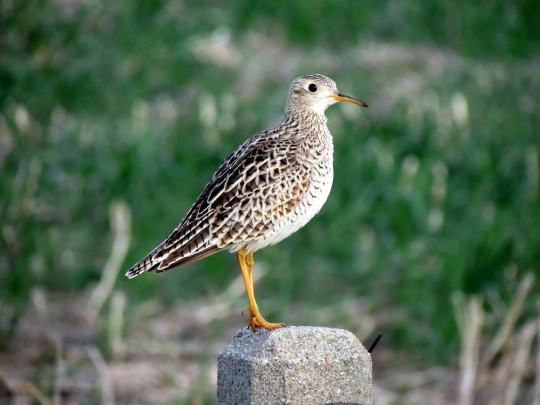
(Images: The freshwater snail Physa acuta and its temporary host the upland sandpiper (Bartramia longicauda) by David Liebman and Nick Varvel respectively)
#upland sandpiper#Charadriiformes#Scolopacidae#sandpipers#wading birds#shore birds#birds#Basommatophora#Physidae#bladder snails#pond snails#snails#heterobranchs#gastropods#mollusks#invertebrates#uncharismatic facts
100 notes
·
View notes
Photo

Arctic Tern (Sterna paradisaea)
© Bryan Calk
456 notes
·
View notes
Text

African Jacana (Actophilornis africanus), family Jacanidae, order Charadriiformes, Kigali, Rwanda
photograph by Will Wilson
Facebook
597 notes
·
View notes
Text

[2724/11080] Cream-coloured courser - Cursorius cursor
Order: Charadriiformes
Suborder: Lari
Family: Glareolidae (pratincoles and coursers)
Subfamily: Cursoriinae (coursers)
Photo credit: Aitor gil guruceaga via Macaulay Library
#birds#Cream-coloured courser#Charadriiformes#Lari#Glareolidae#Cursoriinae#Cursorius#birds a to z#described
259 notes
·
View notes
Text

What can I even say? Both are incredible little guys. Very beautiful, very powerful. May the best bird win! (Though really, all birds are best birds.)
American woodcocks live in the forests of eastern North America, excellently camouflaged against the brush. They have many colloquial names, including the timberdoodle, the bogsucker, the hokumpoke, and the Labrador twister. They are crepuscular and forage for earthworms and other invertebrates where soil is moist by probing the soil with their bills. They will also rock their bodies back and forth, which provokes underground worms into moving around and thus becoming easier to detect. Males display for females by performing a complex spiraling flight.
Little auks, or dovekies, live in the North Atlantic, breeding in the Arctic and wintering slightly further south. They forage underwater for crustaceans, primarily copepods, usually in the open ocean but closer to shore during nesting. They nest in large colonies on coastal cliffsides, laying a single egg in a rocky crevice.
128 notes
·
View notes
Text

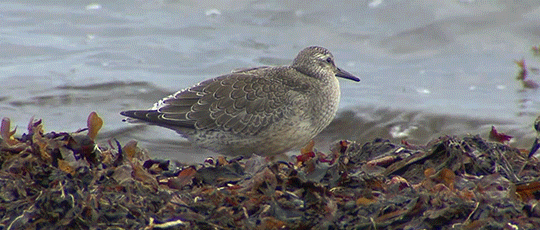

The rufa red knot is a medium sized shorebird, and one of the longest-distance migrants in the animal kingdom. Red knots undergo various physiological changes before their migration and arrive at their regular stopover sites extremely thin. Their gizzard is shrunken for travel so rather than standard hard foods like plant matter or arthropods their preferred food is soft, nutritious horseshoe crab eggs. This interrelatedness means that the success of the red knot population is dependent on the success of the horseshoe crab population.
©ArosFilm
#rufa red knot#shorebird#sandpiper#birdblr#coast#sweden#aves#charadriiformes#request#is the last sentence overkill? idk i want it to be really clear#it's so important to protect EVERY species if we want to protect any of them at all
122 notes
·
View notes
Text

A wattled jacana (Jacana jacana) in Sangre Grande, Trinidad and Tobago
by Gregory "Slobirdr" Smith
#wattled jacana#jacanas#birds#jacana jacana#jacana#jacanidae#charadriiformes#aves#chordata#wildlife: trinidad and tobago#wildlife: south america
64 notes
·
View notes